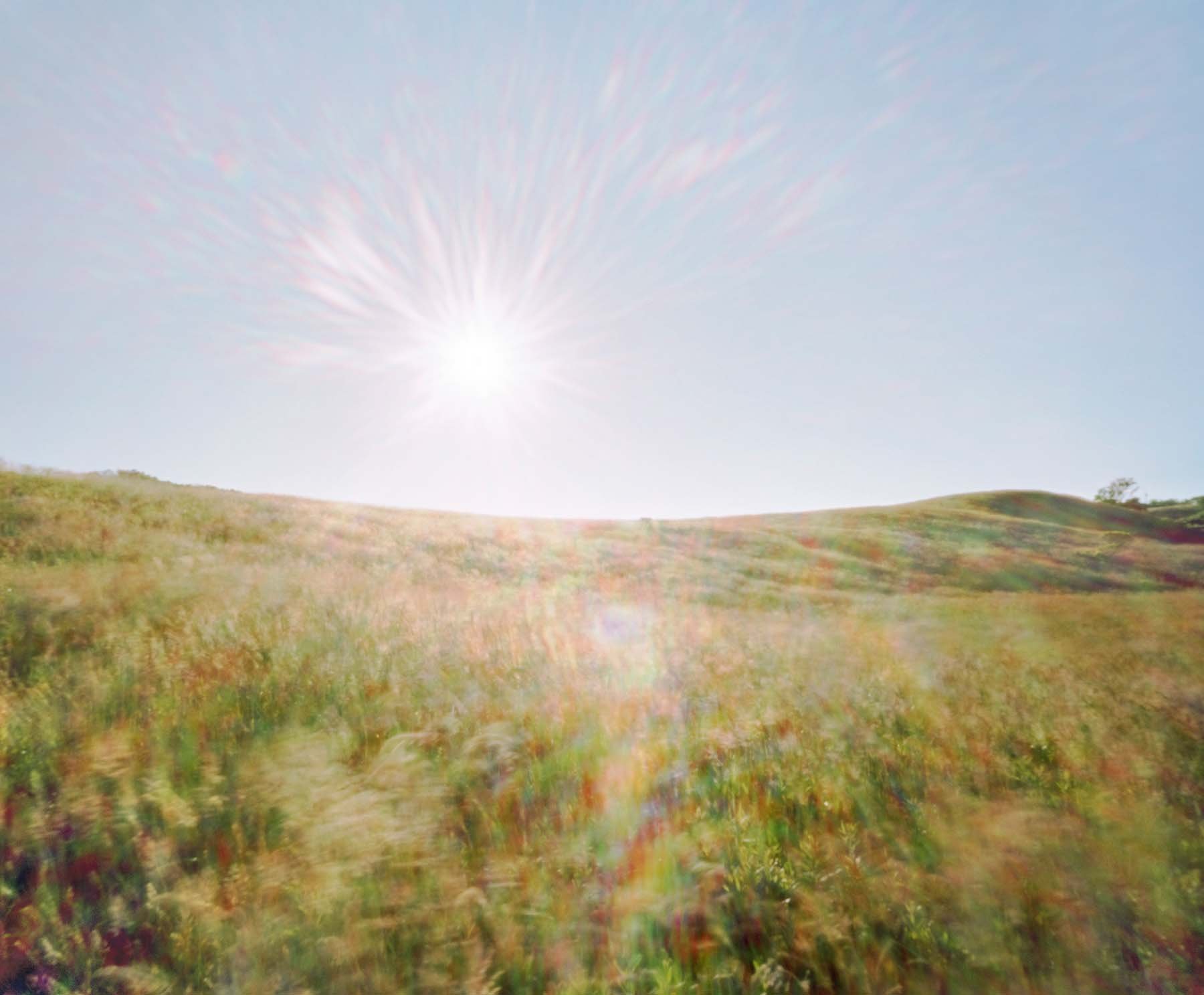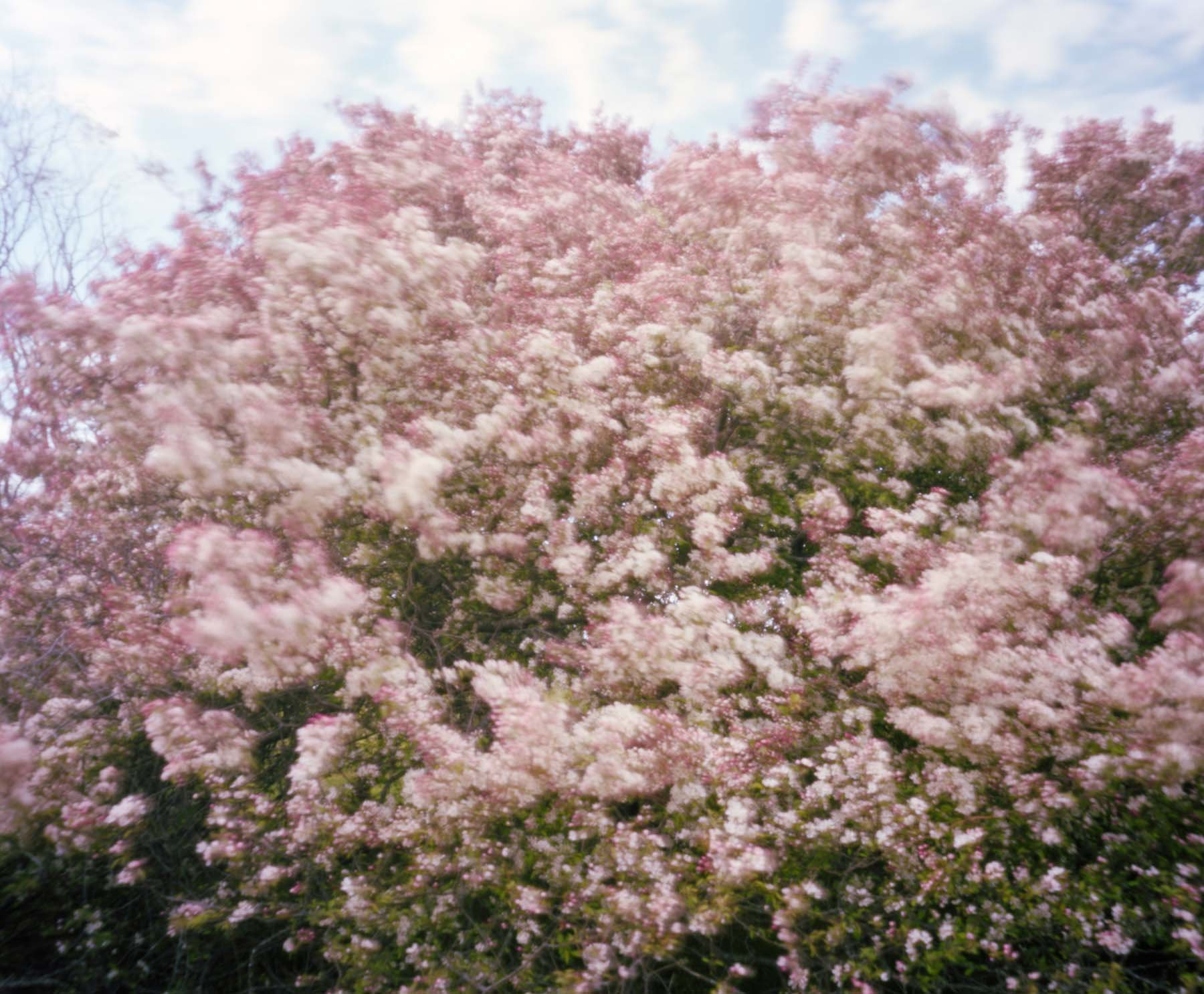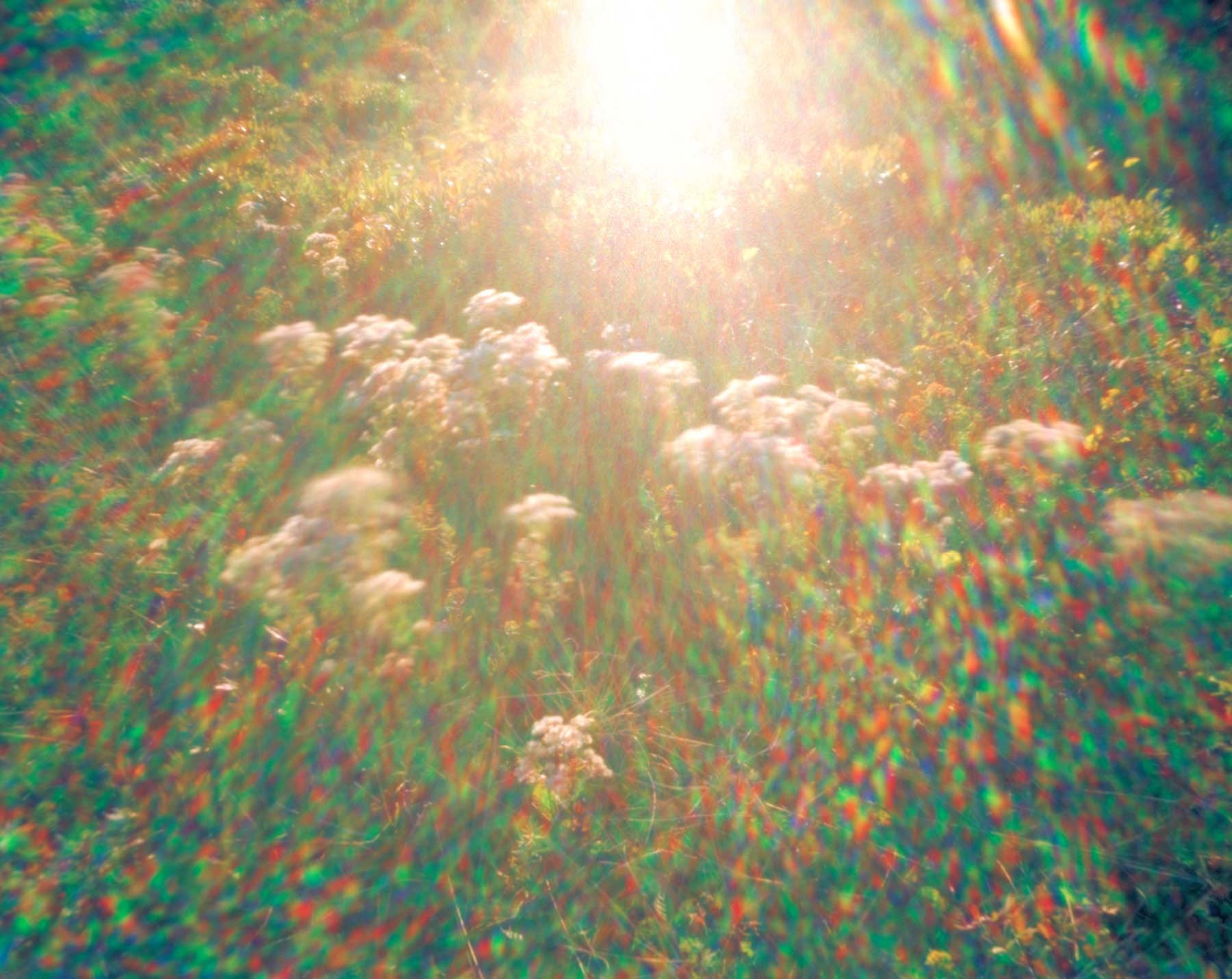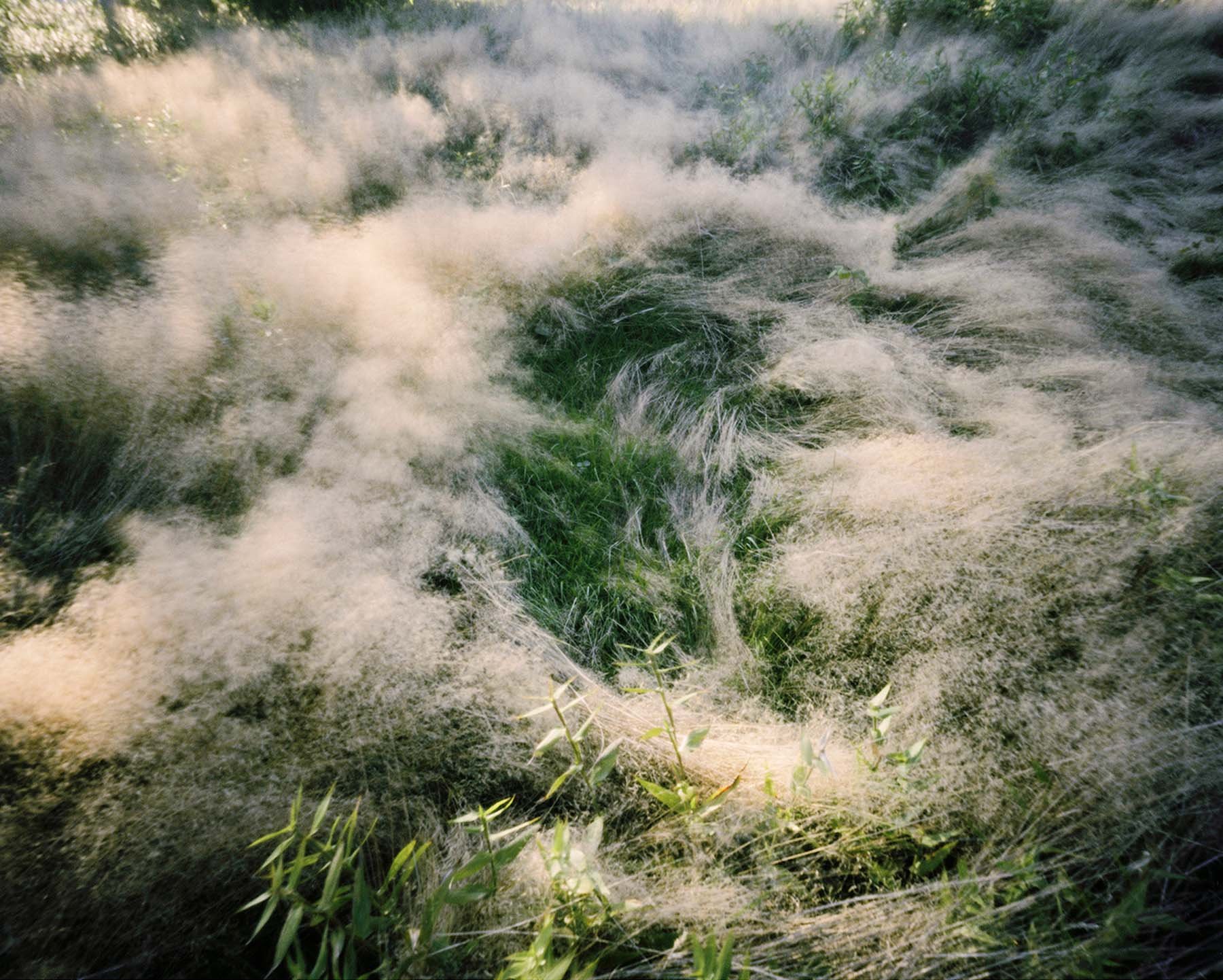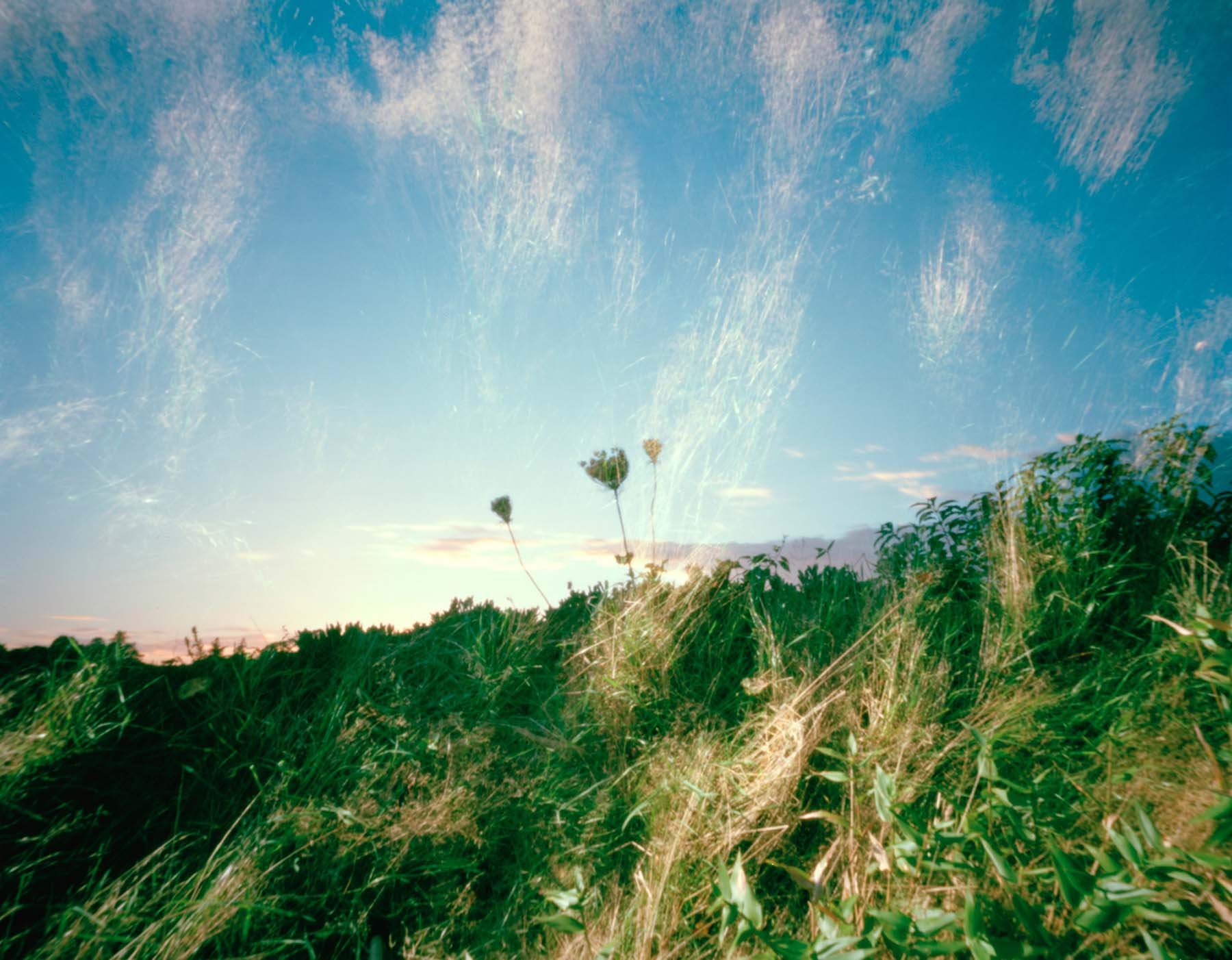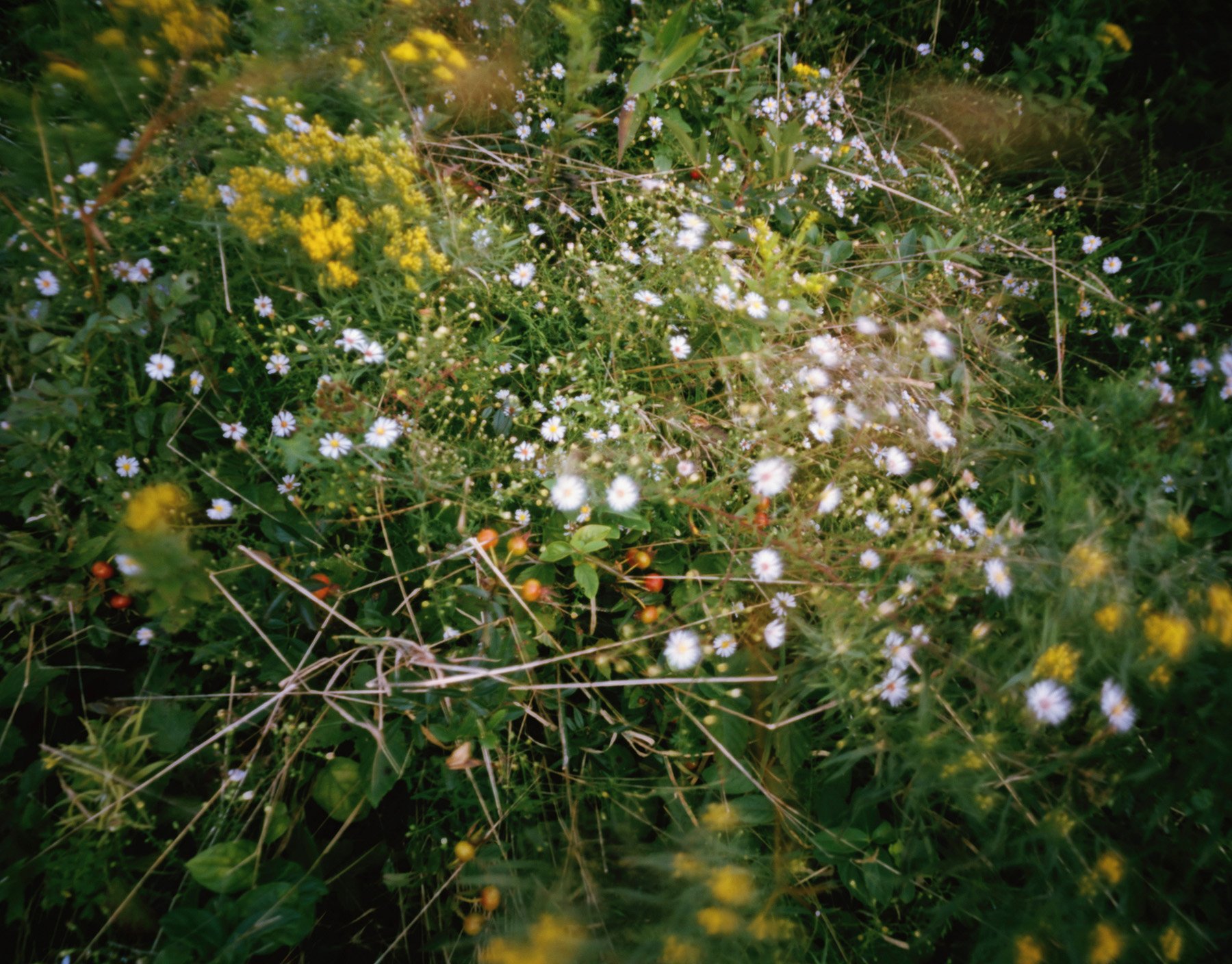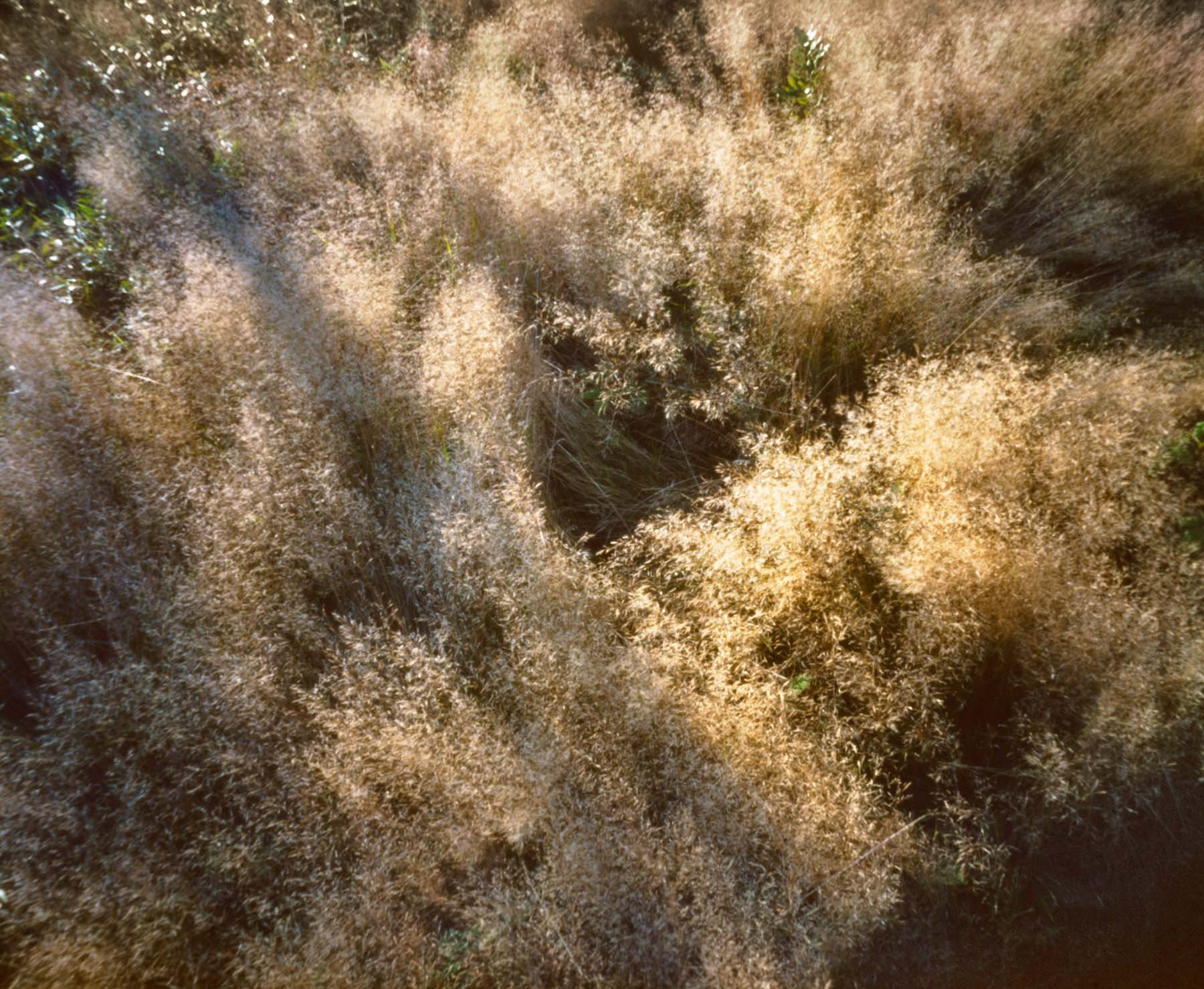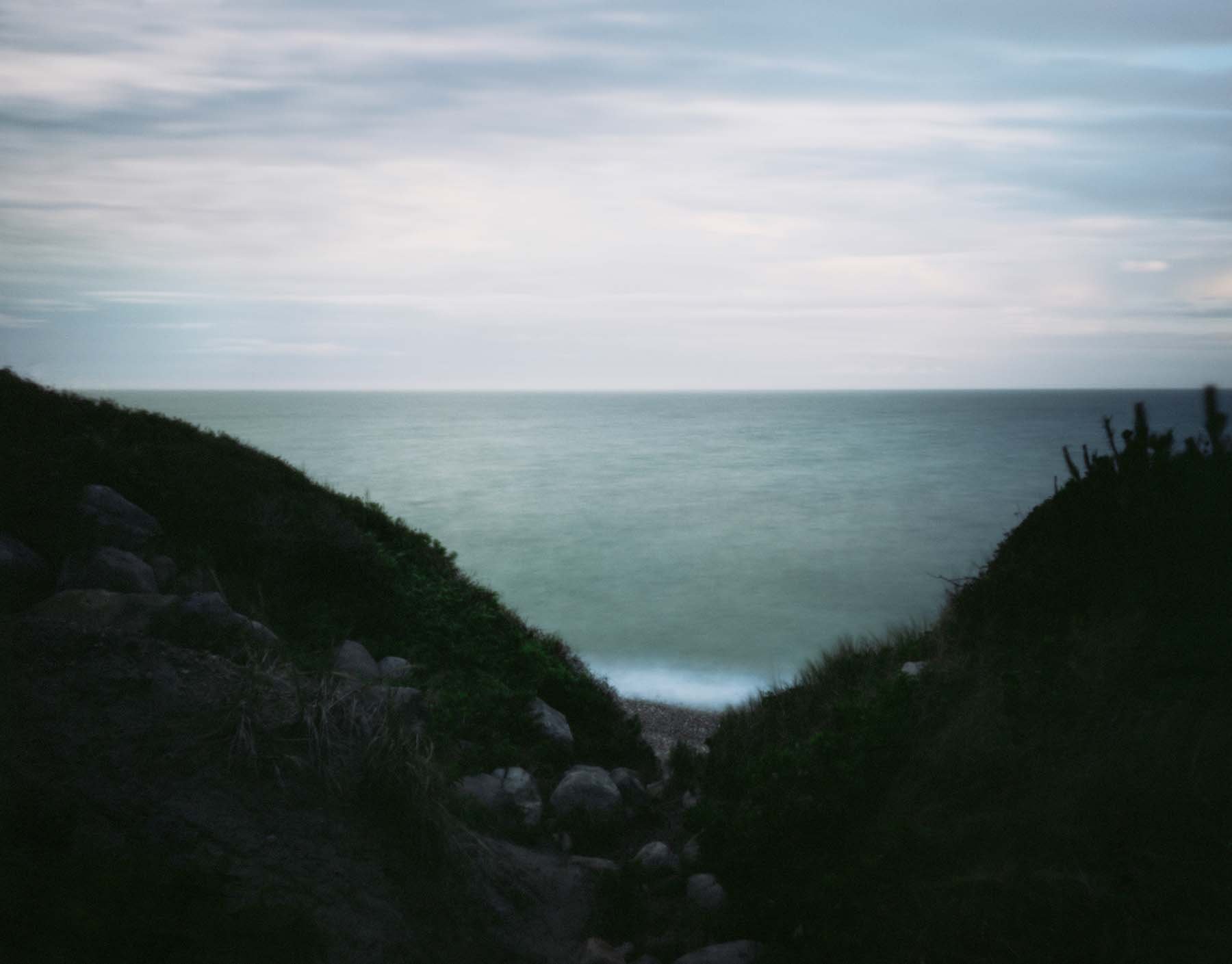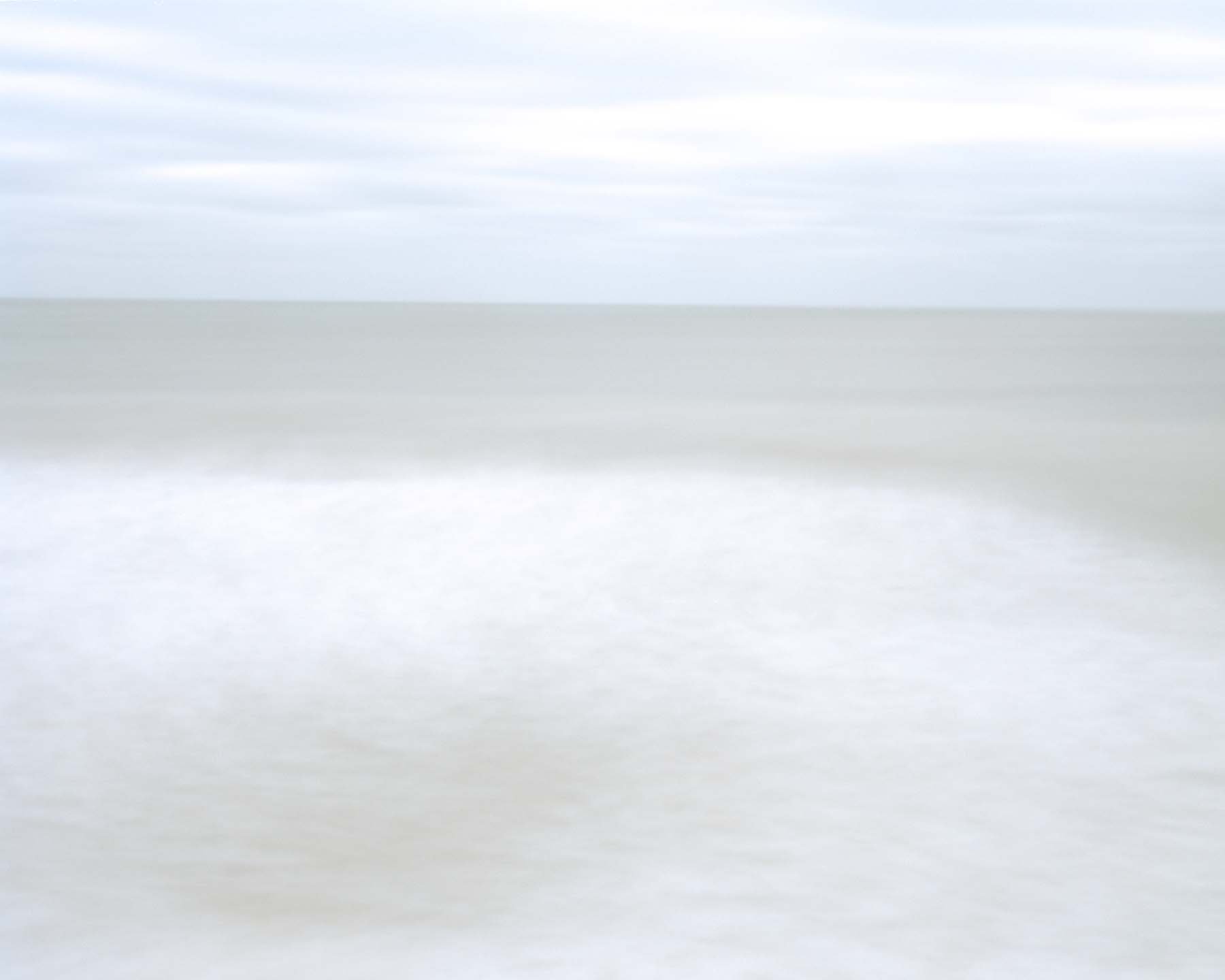Migrating birds fly more than 3,000 miles twice a year. They most often stick to the coast, following paths they inherently know. However, young birds who are making the trip for the first time regularly get lost. These “hatchling year” birds get pushed out to sea by wind and weather and often die if they don't make landfall. On top of the innate dangers of migration, birds are facing imminent decline due to habitat loss. The 2022 State of the Birds Report indicates that more than 5 billion birds have been lost in the past 50 years.
The photographs included in this portfolio offer an imagined bird's-eye perspective of these lost birds. I made these photographs on Block Island, a key resting spot for migrating birds on the Atlantic Flyway, where I have been photographing for the past twenty-five years. Migrating birds arrive on Block Island—located eleven miles off the coast of Rhode Island—dehydrated and disoriented, on the verge of death. These photographs were made with a large-format pinhole camera, purposefully giving me little control over composition or exposure. Exploiting the chaotic nature of the lensless camera, these photographs present views of the landscape that are simultaneously seductive and disorienting—similar to the experience of the birds.
Block Island has a long history of land conservation and habitat protection, which is part of the reason it remains an important refuge for migrating birds. A lifelong island resident born in 1877 named Elizabeth Dickens is responsible for much of this preservation. Dickens, known as the Bird Lady of Block Island, was a turkey farmer and self-taught ornithologist. She made daily journal entries of every bird she saw for more than 50 years from her remote house on the southwest corner of the island. When a bird died on the island, local residents would bring it to her and she would have it taxidermied. She collected more than 150 stuffed birds that flew through or lived on Block Island. She used these specimens to teach bird study in the Block Island school, thus ensuring generations of island residents knew about birds, bird migrations, and the importance of habitat preservation.
I consider Elizabeth Dickens to be both a muse and a mentor, despite the fact that she died fifteen years before I was born. My work as an artist and educator is deeply influenced by her practice and life. These landscape photographs are part of a larger body of work that includes silhouettes of Dickens’s entire collection of stuffed birds, which I photographed in 2005, as well as an index of the bird’s tags photographed in 2022. These three projects comprise my forthcoming book entitled Taken from a Cat: Bird Migration and Death.
—Katherine Wolkoff
All works: Digital C prints, 40” x 50”, 2020–2022. From top to bottom: Black Rock, Lewis Farm, Plover Hill, Fresh Swamp, Greenway, Garden Lot, Rodman’s Hollow, Old Mill, Snake Hole, Southwest Point. All images courtesy of Benrubi Gallery.

